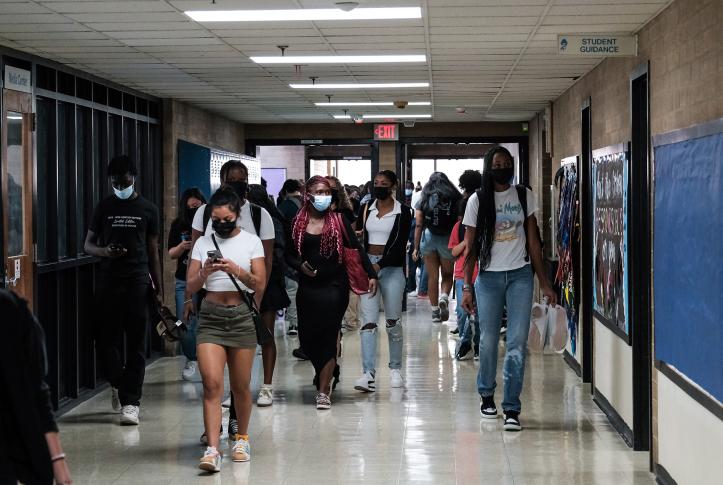Since well before the COVID-19 pandemic began, the number of young people diagnosed with a mental health need has been increasing, particularly among ethnic minorities, low-income households, and those involved with the child welfare and juvenile justice systems. In response, there has been an increased focus over the past year on strengthening behavioral health services for children and adolescents. A recent report from the Surgeon General describes “a national emergency in child and adolescent mental health” and offers several recommendations, including expanding access to response teams and funding community-based care systems to connect families with evidence-based interventions in their homes, communities, and schools.
Prevention and screening are also essential to meet the needs of young people at risk of mental health challenges. Fortunately, in 2013, the Centers for Medicare and Medicaid Services (CMS) issued guidance outlining the need to provide mental health and substance use treatment to members under age 21, including behavioral health screening and preventive services. Medicaid, which covers approximately 27 million young people, addresses this priority by offering the Early and Periodic Screening, Diagnostic, and Treatment (EPSDT) benefit, which requires states to provide medically necessary services to people under 21 who may be experiencing a mental health need. EPSDT is more comprehensive than commercial insurance benefits, ensuring access to physical and mental health care that promote healthy development and to treatment that addresses symptoms before they worsen. This is a powerful tool; Medicaid-eligible youth are entitled to EPSDT benefits regardless of whether the service is covered in their state’s Medicaid program.




